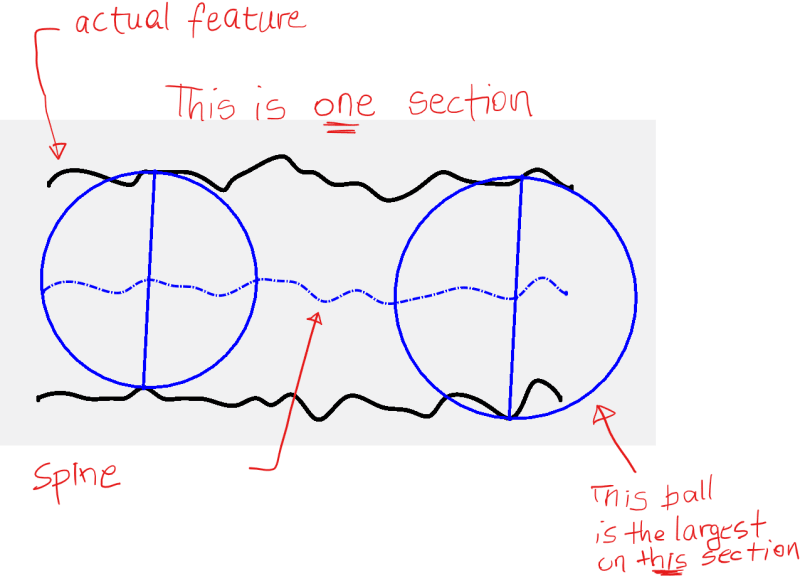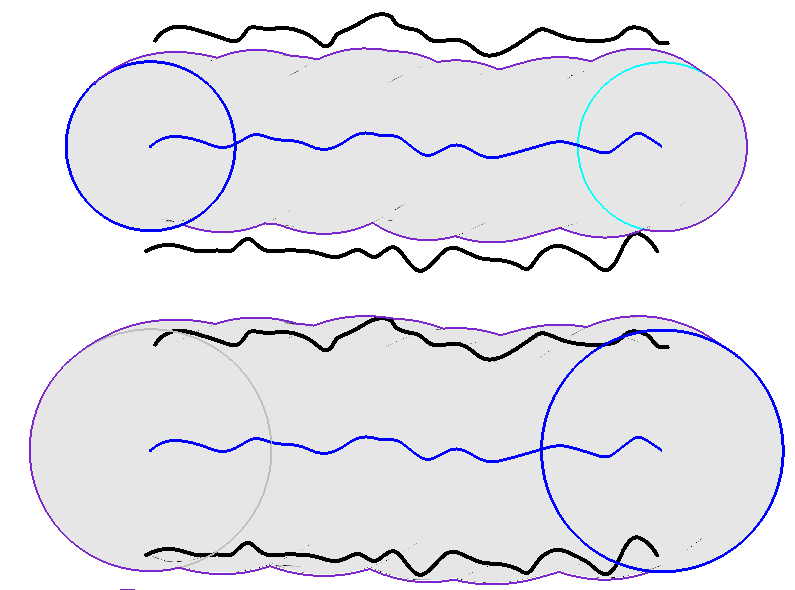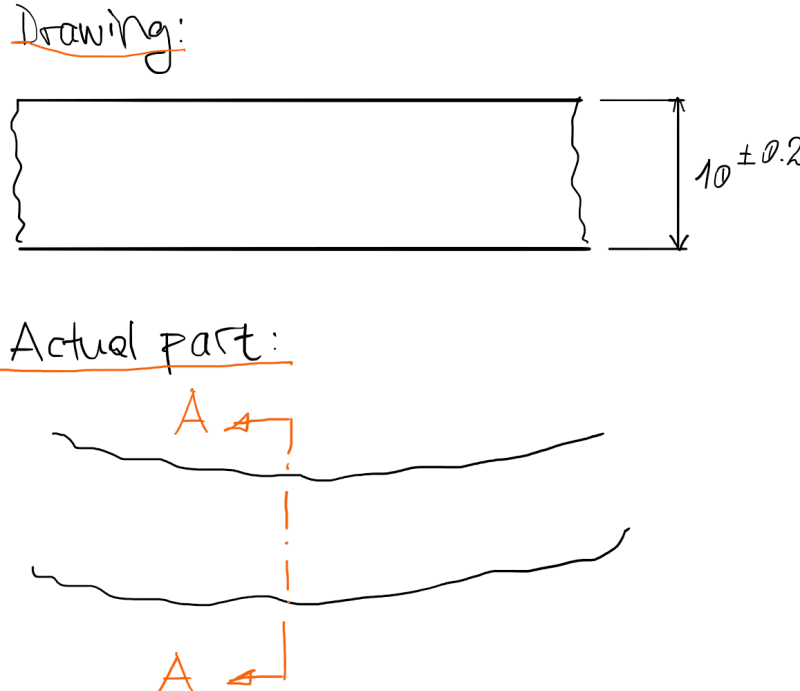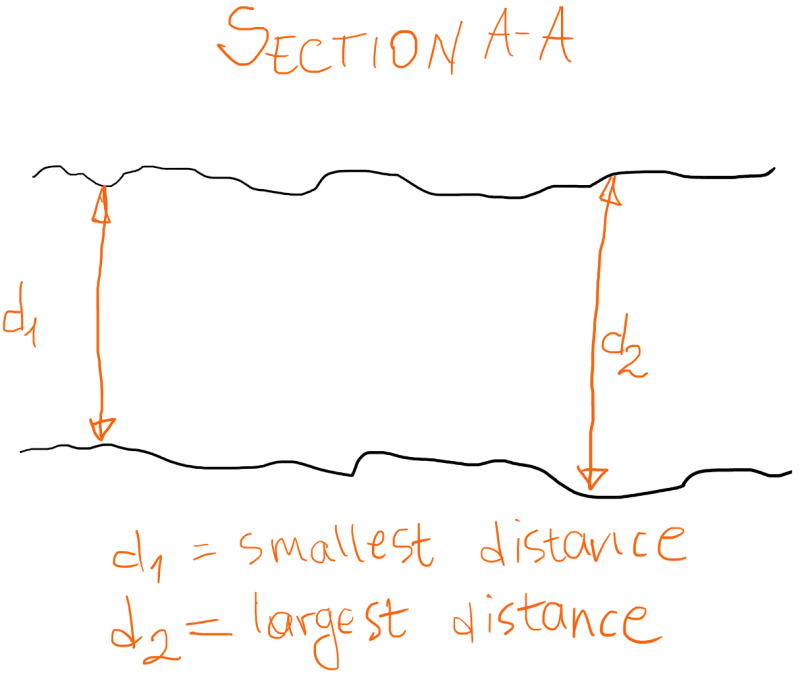Hi All,
This discussion of size definitions is similar to countless others that have occurred before. Eventually, the same massive issues are pointed out:
-The swept-sphere definition in Y14.5.1 is clear, but has immense practical difficulties. One of the two swept volumes can be approximated with a physical object, usually something like a gage pin, sleeve, or gage block when Rule #1 is in place. The other swept volume is "inside the material", can have a curved spine, and cannot be verified physically. Accurate calculation of enveloping swept-sphere surfaces from point data is not straightforward.
-The sphere-based size definition is not mentioned in Y14.5.
-The definition of actual local size in Y14.5 is problematic. The two main components, "any individual distance" and "any cross section" are not clearly defined and become ambiguous on as-produced surfaces.
-Many people would agree that what Y14.5 tries to describe for actual local size is two-point measurements, and there are many indications in the standard that are compatible with this interpretation. However, many other people would disagree as there are also references to circular elements.
-2 point measuring devices such as micrometers conflict with the concept of measurement normal to a spine. Mic measurements are normal to the surface but are generally not coordinated with each other, and spine-based measurements are coordinated with each other but are generally not normal to the surface.
I would say that these issues limit the application of simple definitions of size to "well-behaved" geometry, in which the magnitude of form error is small compared to the size tolerance and to the overall dimensions of the feature. If we try to extend these simple definitions to apply to more irregular (and thus complex) as-produced geometry, it rapidly becomes impractical.
Evan Janeshewski
Axymetrix Quality Engineering Inc.





